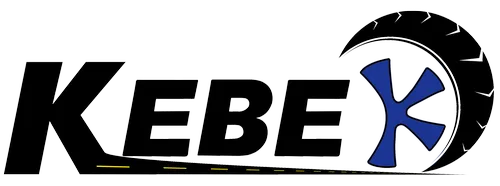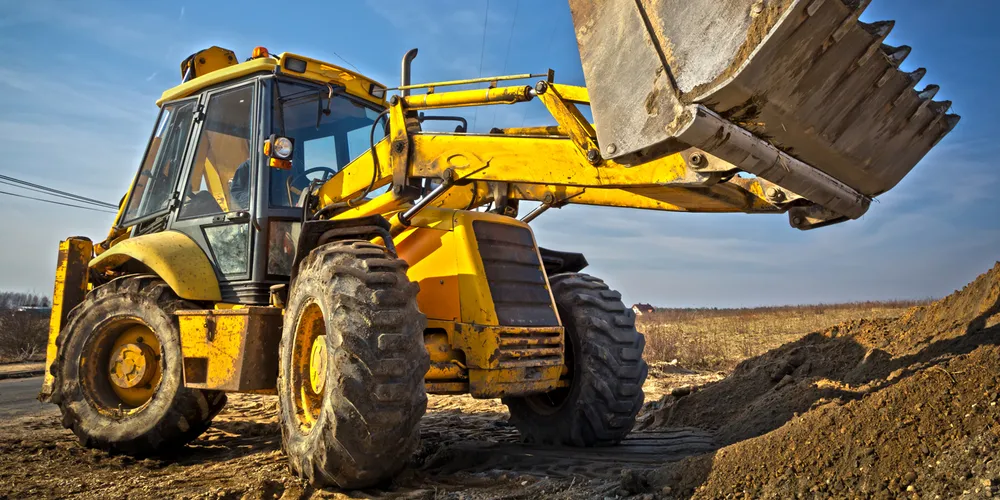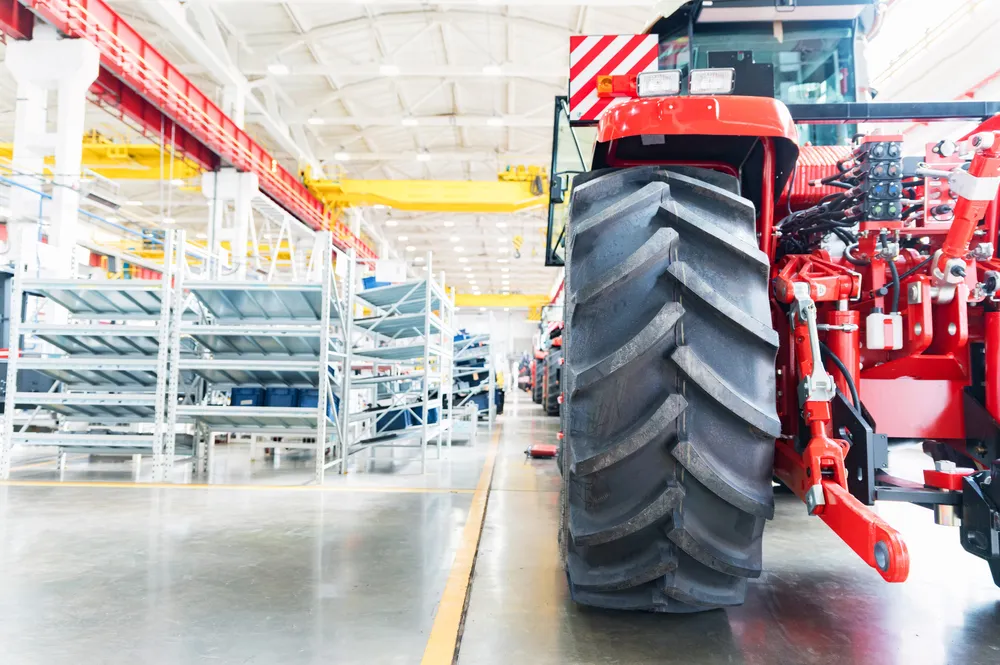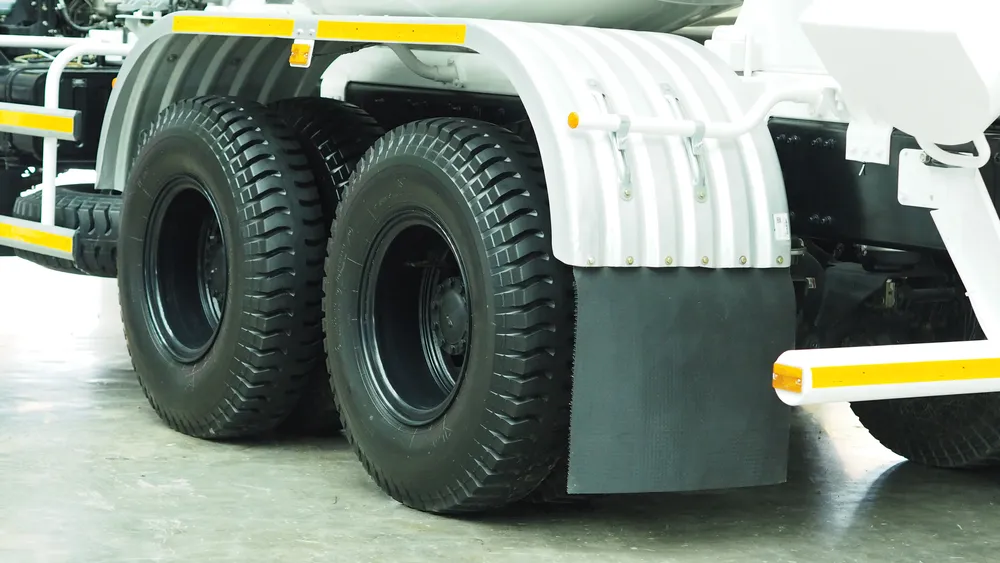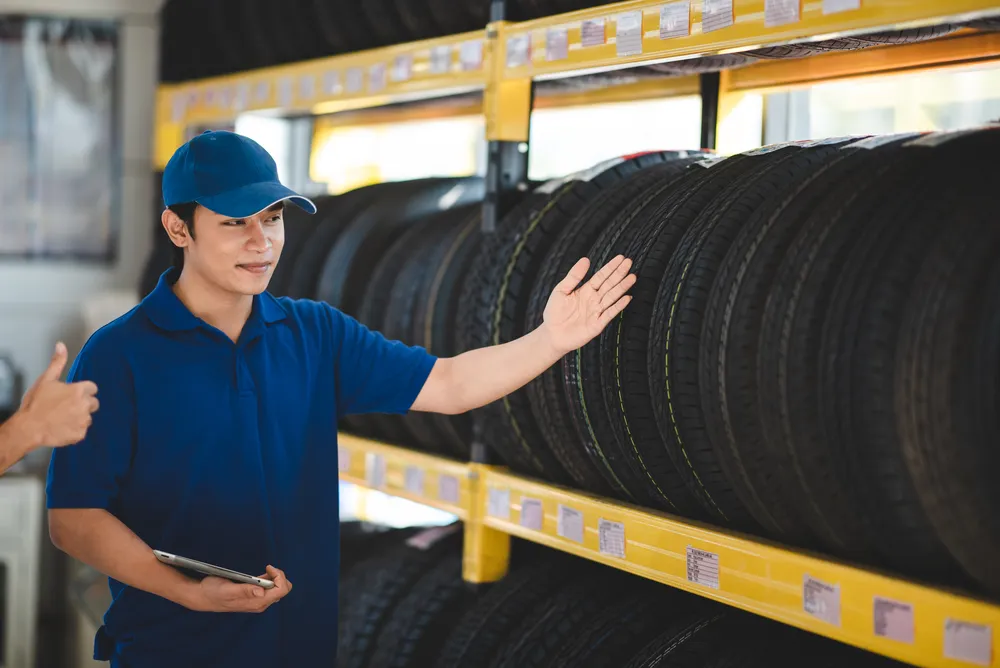When it comes to the construction, mining, and quarrying industries, OTR (Off-The-Road) tires play a vital role in ensuring that heavy equipment can perform safely and efficiently under the most demanding conditions. These tires are specifically engineered to handle extreme loads, rugged terrains, and high-impact environments that ordinary tires simply can’t withstand.
In this article, we’ll explore how OTR tires support various types of heavy equipment across different job sites, the key features that make them so durable, and why choosing the right OTR tire can directly impact productivity and operating costs.
- The Backbone of Heavy Industries
From construction sites and open-pit mines to ports and quarries, OTR tires are the foundation of heavy-duty operations. They provide the traction, stability, and load-bearing strength required for machinery such as:
- Loaders: Constantly lifting and carrying heavy materials across rough, uneven ground.
- Dump Trucks: Transporting tons of rock, ore, or soil under high load stress.
- Bulldozers: Pushing heavy debris and earth across rugged terrain.
- Cranes and Graders: Operating in controlled balance and requiring high sidewall stability.
Each of these machines depends on specialized OTR tires to keep operations running smoothly—even in the harshest work environments.
- Different Job Sites, Different Challenges
OTR tires must perform reliably across a variety of extreme job site conditions. Each work environment places unique demands on tire performance:
🔸 Mining and Quarry Operations
In open-pit mines and quarries, tires face abrasive rock surfaces, high temperatures, and continuous heavy loads.
Key requirements:
- Exceptional cut and puncture resistance
- High heat dissipation to prevent tire failure
- Reinforced sidewalls for added durability
🔸 Construction Sites
Construction sites involve mixed terrain—mud, gravel, and concrete. Equipment needs versatile traction and balance.
Key requirements:
- Strong grip for uneven ground
- Stable handling under variable loads
- Enhanced tread design for self-cleaning
🔸 Ports and Terminals
Port equipment such as reach stackers and container handlers require tires that endure constant movement and heavy static loads.
Key requirements:
- Excellent stability under heavy stationary loads
- Low rolling resistance to reduce energy consumption
- Long wear life for continuous daily operations
🔸 Agricultural and Forestry Applications
While not as harsh as mining, these sectors demand tires that can navigate soft soil and uneven terrain without damaging the surface.
Key requirements:
- Low ground pressure design
- Superior traction in soft soil
- Resistance to punctures from roots and branches
- Radial vs. Bias: Choosing the Right OTR Tire Structure
The structure of an OTR tire determines its performance characteristics. The two primary designs are Bias and Radial.
- Bias OTR Tires:
Constructed with crisscrossed layers of nylon or polyester plies, they offer strong sidewall protection and are suitable for short-distance, high-impact work.
✅ Ideal for: Construction and quarry applications. - Radial OTR Tires:
Designed with steel belts running perpendicular to the tread, these tires provide excellent traction, heat resistance, and longer service life.
✅ Ideal for: Long-haul mining and heavy-load operations.
Choosing between bias and radial depends on your working environment, machine type, and operating hours.
- Key Features That Define High-Performance OTR Tires
Modern OTR tires are built with advanced engineering to ensure consistent performance and reliability. The most important features include:
- Cut-Resistant Compounds: Specialized rubber formulas that resist chipping and tearing.
- Reinforced Tread Design: Deep, self-cleaning patterns for maximum traction.
- Heat-Resistant Layers: Prevent overheating during long work cycles.
- Durable Sidewalls: Protect against impact and side cuts.
- Load-Balancing Construction: Ensures stability under extreme loads.
These design elements allow OTR tires to deliver consistent performance even under the stress of heavy-duty operations.
- How OTR Tires Improve Productivity and Lower Costs
High-quality OTR tires don’t just support heavy machinery—they directly impact your bottom line.
Here’s how they contribute to operational efficiency:
- Reduced Downtime: Fewer punctures and blowouts mean more continuous working hours.
- Lower Maintenance Costs: Durable materials reduce the frequency of tire replacements.
- Improved Fuel Efficiency: Optimized tread and rolling resistance help reduce fuel consumption.
- Enhanced Safety: Reliable traction and stability minimize the risk of on-site accidents.
In industries where downtime can cost thousands of dollars per hour, investing in the right OTR tires is a smart business decision.
- Future Trends: Smart and Sustainable OTR Tires
As technology evolves, OTR tires are also becoming more advanced and environmentally friendly.
Modern trends include:
- Tire Pressure Monitoring Systems (TPMS): Real-time data on temperature and pressure to prevent failures.
- Retread and Recycling Programs: Extending tire life while reducing waste.
- Eco-Friendly Compounds: Using sustainable materials to lower carbon footprints.
These innovations not only enhance performance but also help heavy equipment operators meet global sustainability standards.
Conclusion: Choose Reliable OTR Tires for Maximum Performance
From mining pits to construction sites, OTR tires are the unsung heroes that keep heavy equipment moving. Selecting the right OTR tire for your machine and job environment can dramatically improve productivity, safety, and long-term cost efficiency.
Whether you’re operating loaders, dump trucks, or cranes, partnering with a reliable OTR tire supplier ensures your equipment performs at its best—day after day, job after job.
